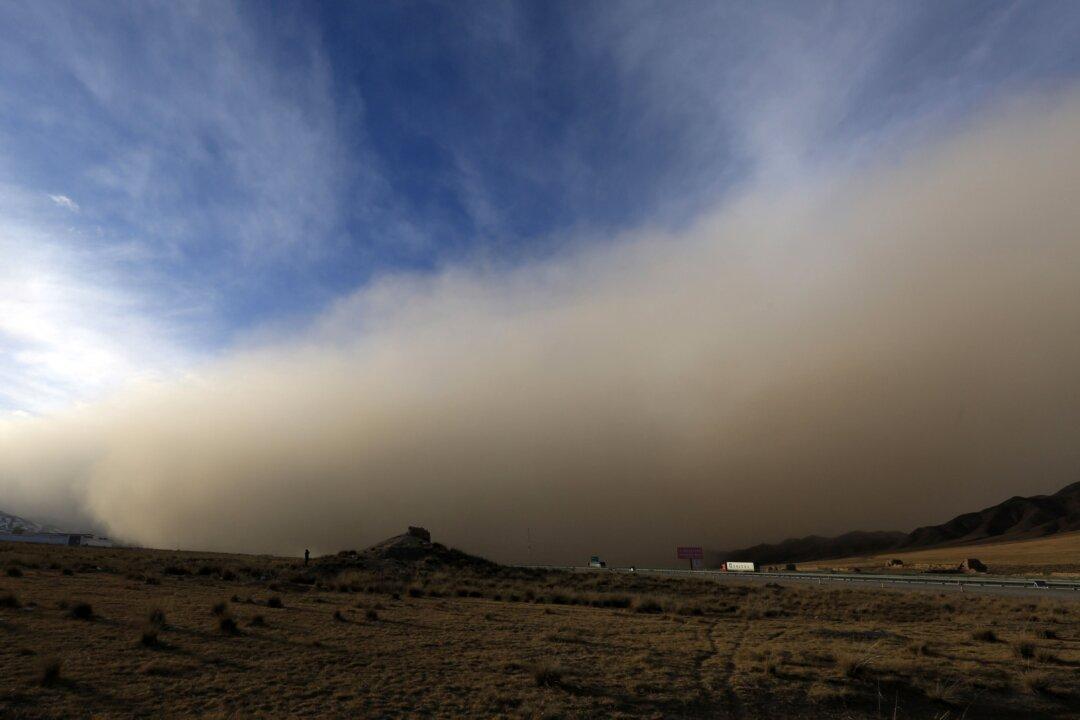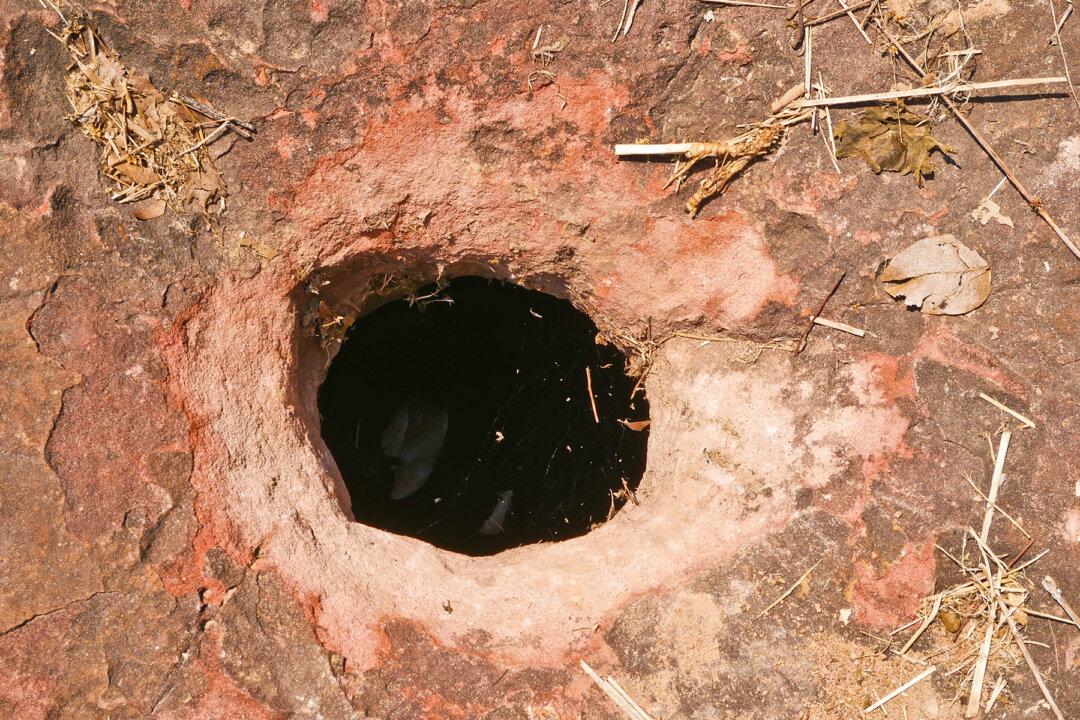The Hexi Corridor or Gansu Corridor, a long, narrow passage stretching for some 1,000 kilometers (about 600 miles) in northwestern China, was hit by sandstorms sweeping from west to east. On the evening of Nov. 26, Jiuquan, Jiayuguan, Zhangye, Wuwei and other cities issued yellow warnings for sandstorms.
The air quality index in many major cities reached more than twice of the threshold set for monitoring air pollution. Air pollution in one city exceeded the limit by three times.




